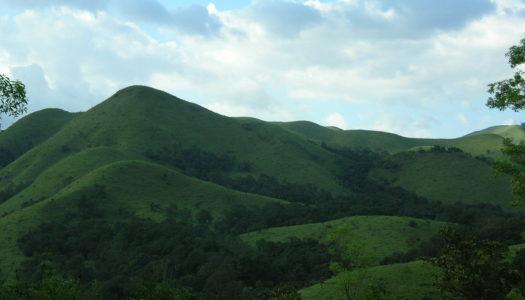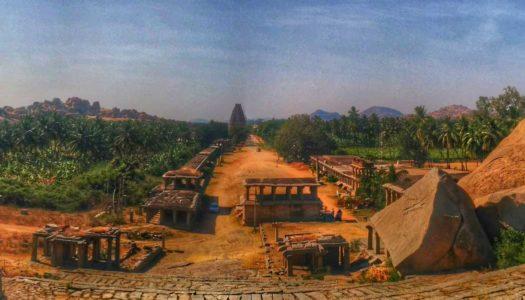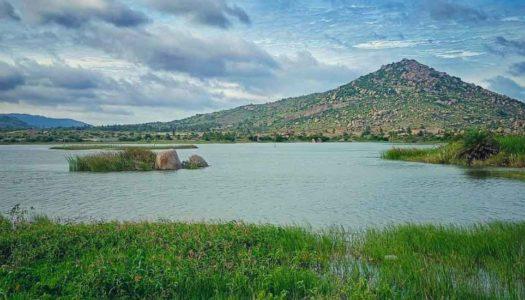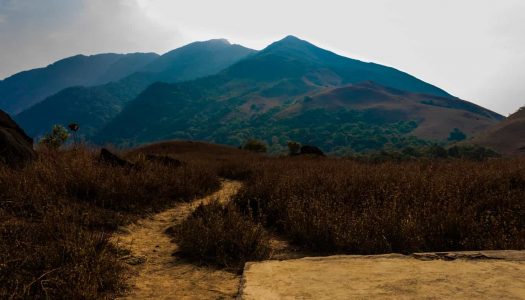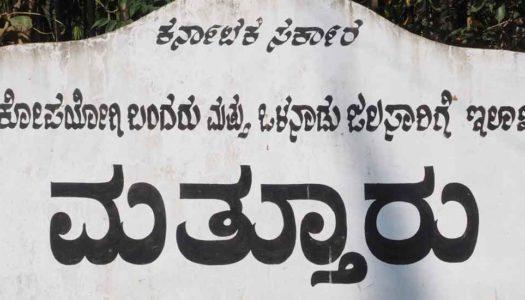Agumbe village is a quaint destination located on the south-western coast of India. It is one of the best offbeat places to visit in Karnataka and is very popular for its tropical rainforests and wet climate, so much so that people dub it as the ‘Cherrapunji of South India’. This is the ideal holiday destination for adventure enthusiasts who want to traverse the trails of the lush green forests and also for those who like to relax by the river and enjoy a cup of hot beverage! From peaceful surroundings to stunning viewpoints, Agumbe village has everything to keep you busy.
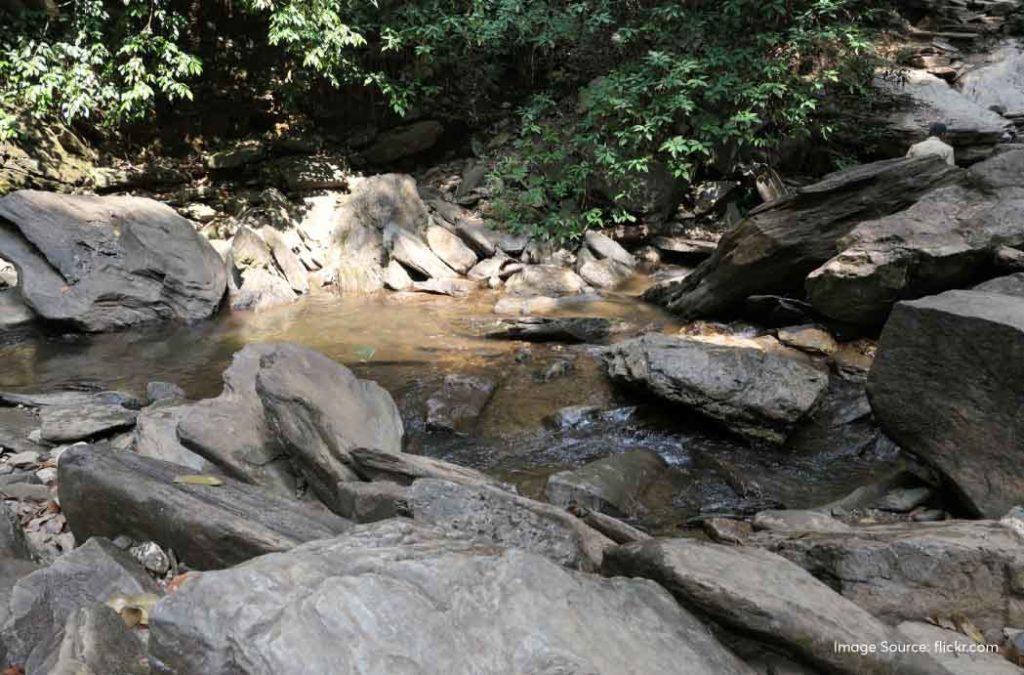
If you plan on exploring the beauty of tropical wildlife, spotting medicinal plants and taking a dip in enchanting waterfalls, then Agumbe Village will be the perfect spot for you. Here’s everything to know about the village, its rainy climate, places to visit and its connection to the famous ‘Malgudi Days’.
About Agumbe Village
Agumbe village is a part of the Thirthahalli taluka of Shivamogga district of Karnataka. It spreads across an area of 3 square kilometres and is a spectacular location in the Malenadu region of the Western Ghats. About 500 native people live here. Tourists have to note that the accommodation facilities are limited. There are not many travellers who come here but the ones who do, go back with several unforgettable memories safely packed in their travel bags.
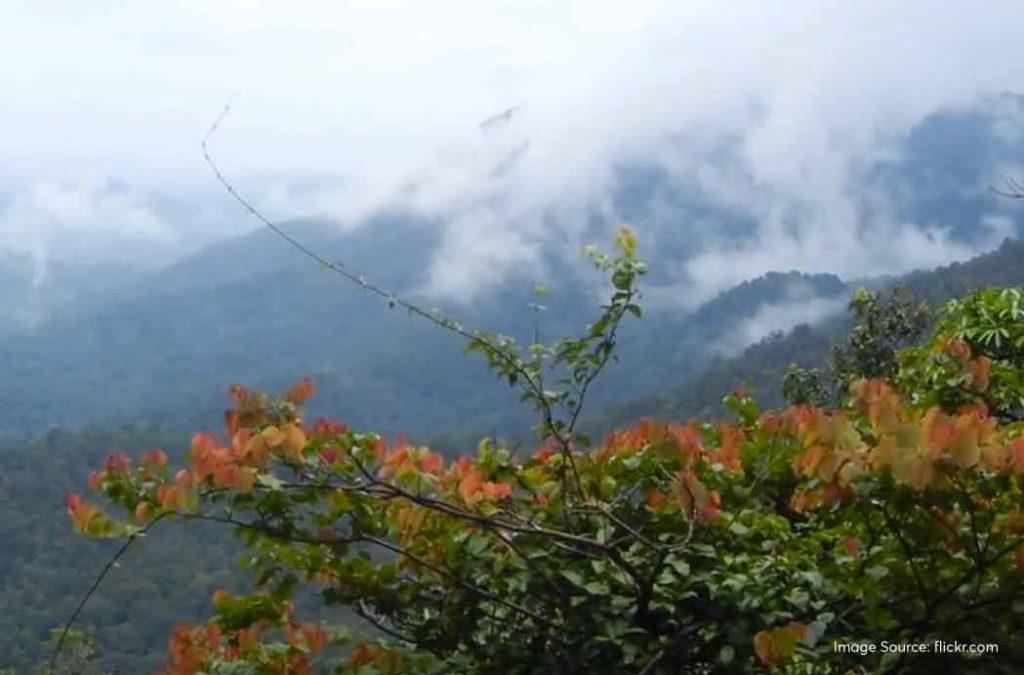
The main occupation of people who live in Agumbe village is farming. Here, you will find many paddy fields and areca nut crops. Also, Agumbe is known for its flourishing cotton industry. The journey to Agumbe village is a worthwhile experience. You will be surrounded by dense forests and must navigate through 18 hairpin curves. The lion-tailed black Macaques will pop up frequently during your ride to greet you, so be sure to tell your driver to go slow on the Ghat roads!
What’s more? Agumbe has the highest peak in the Western Ghat region, offering a breathtaking view of the sunset from its top. You can also see the hues of the sky reflect on top of the rippling water of the Arabian Sea.
Rains in Agumbe Village
Agumbe village is also known by the name ‘Hasiru Honnu’ which means ‘green gold’. The place is green and vibrant all year round, owing to the significant amount of rainfall that it receives. The village has a tropical climate that is usually warm and humid. The driest month here is February when the place receives only 1mm of rainfall. But, that is not the case during the rest of the months. In July, you can see an average rainfall of 2,647 mm. The average annual rainfall is about 300 inches or 7,620 millimetres. Do you see why it is called the Cherrapunji of the south?
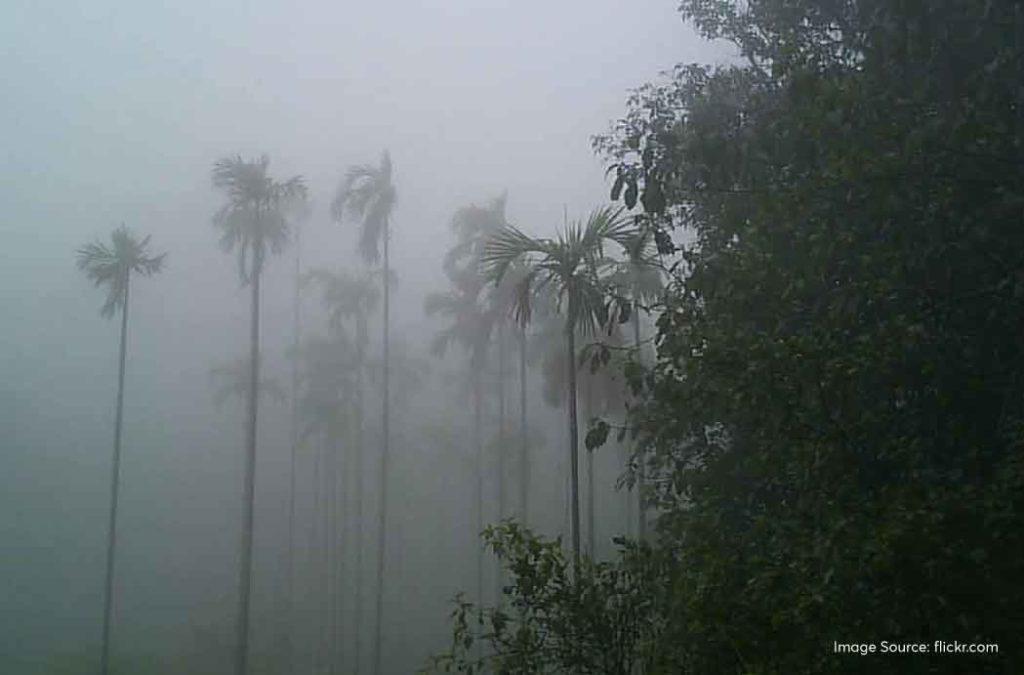
Even though other places in the Uttara Kannada district like Sirsi, Amagaon and Nilkund have similar average annual rainfall statistics, Agumbe still surpasses them and retains the title of the rainiest place in south India. When you pay a visit to this mesmerising location, you will see that the village is often covered with a veil of silvery fog that adds an attractive mysterious charm to the place.
Places to visit in Agumbe Village
On your trip to Agumbe village, add these picturesque locations to your travel itinerary to get the best out of your visit to this rainy hamlet.
1 – Agumbe Sunset View Point
The Agumbe sunset point is present on the Udupi-Agumbi road. Walk for about 10 minutes from Agumbe village and you will reach the tallest peak of the Western Ghats region. It is about 825 metres above sea level and is precisely at the 14th hairpin bend you will encounter while coming to the village.
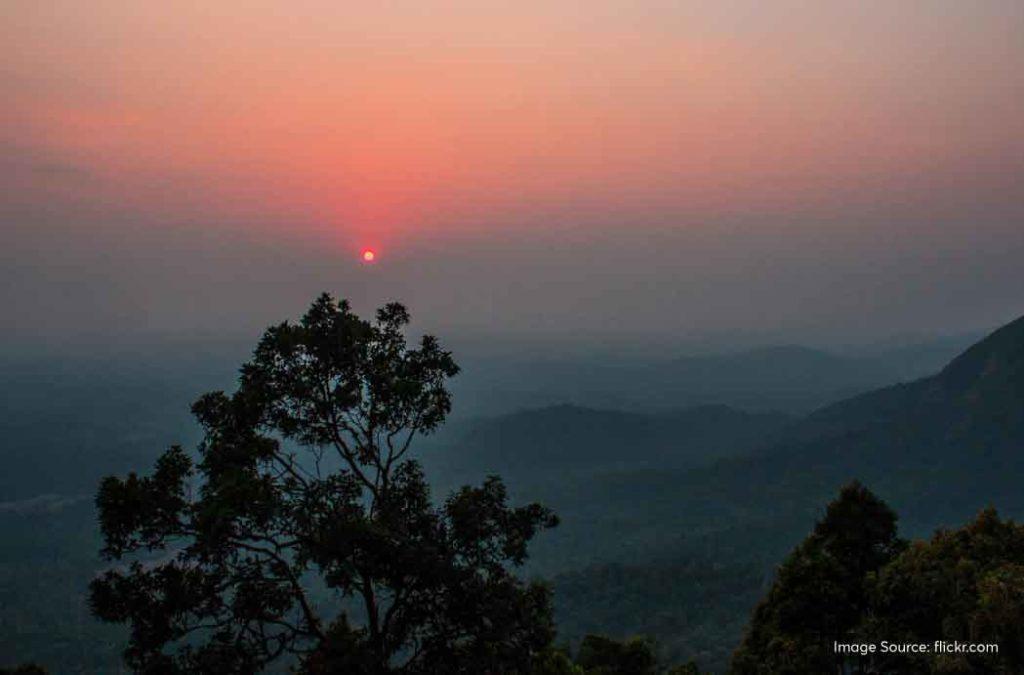
The nature lovers will definitely enjoy the view from the top. You can see the sun disappearing behind the horizon while painting the sky in shades of orange-red and purple. It feels like you can almost touch the clouds! The sunset viewpoint also overlooks the Arabian Sea, making it one of the must-note places in your itinerary.
2 – Onake Falls
The locals also refer to this place as ‘Onake Abbi Waterfalls’. It is one of the highest waterfalls in the Western Ghats region and has a height of about 500 feet. It is interesting to know that the falls get the name ‘Onake’ because of its shape. It resembles a long pole which is usually used for grinding spices in Karnataka – ‘Onake’.
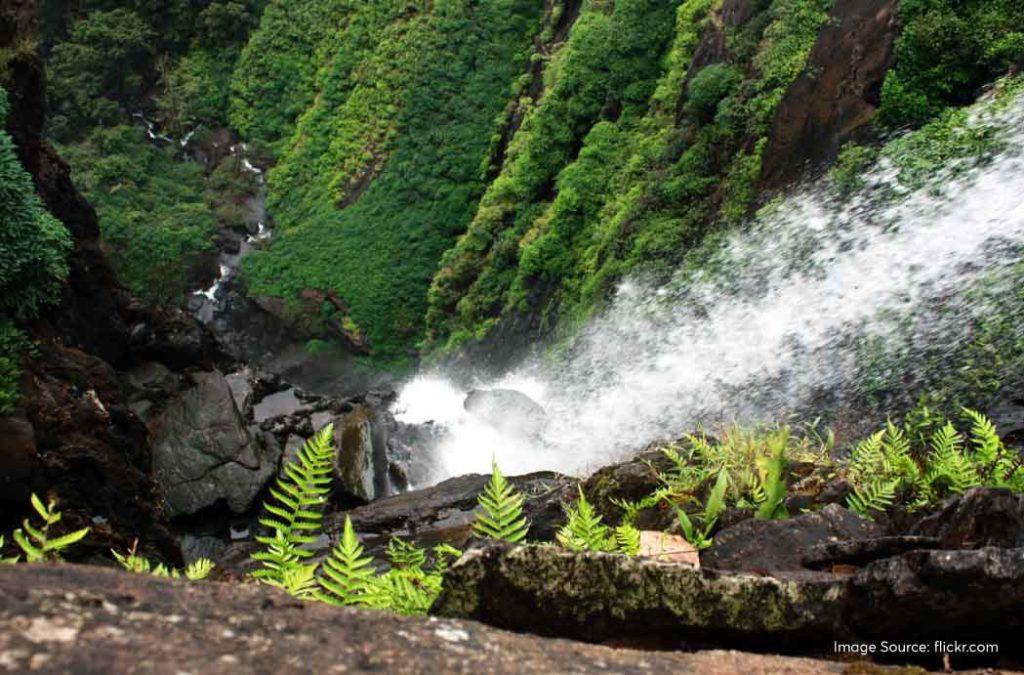
The waterfalls are roughly 8 kilometres away from the heart of Agumbe Village. Adventure enthusiasts will love the fact that the trek to these waterfalls is on the challenging end and will definitely test your physical strength. It is important to note that you need to get special permission from the forest department before embarking on the journey.
Travellers can also explore waterfalls near Bangalore on their way to Agumbe, especially if they are taking a road trip from the capital city.
3 – Koodlutheertha Falls
The Koodlutheertha Falls are located about 20 kilometres away from Agumbe village. These are also called the ‘Sita Falls’ because it is the place where you can witness the Sita River’s first fall from a height. You will need to pay a nominal entry fee, anywhere between INR 50 to INR 100 near the forest department entry check post and park your vehicles to the side. Then, you must embark on a 4-kilometre trek to reach the location.

The water here falls from a height of 300 feet into a not-so-deep pond. It is possible to wade through the water on the rocky pond bed but it is good to be cautious as the algae present may make the short walk slippery.
4 – Jogigundi Falls
Jogigundi Falls is named after a sage who used to come here to meditate near the caves in the dense forests. The place is about 4 kilometres away from Agumbe village and travellers need to trek the last 1 kilometre to reach the waterfalls.
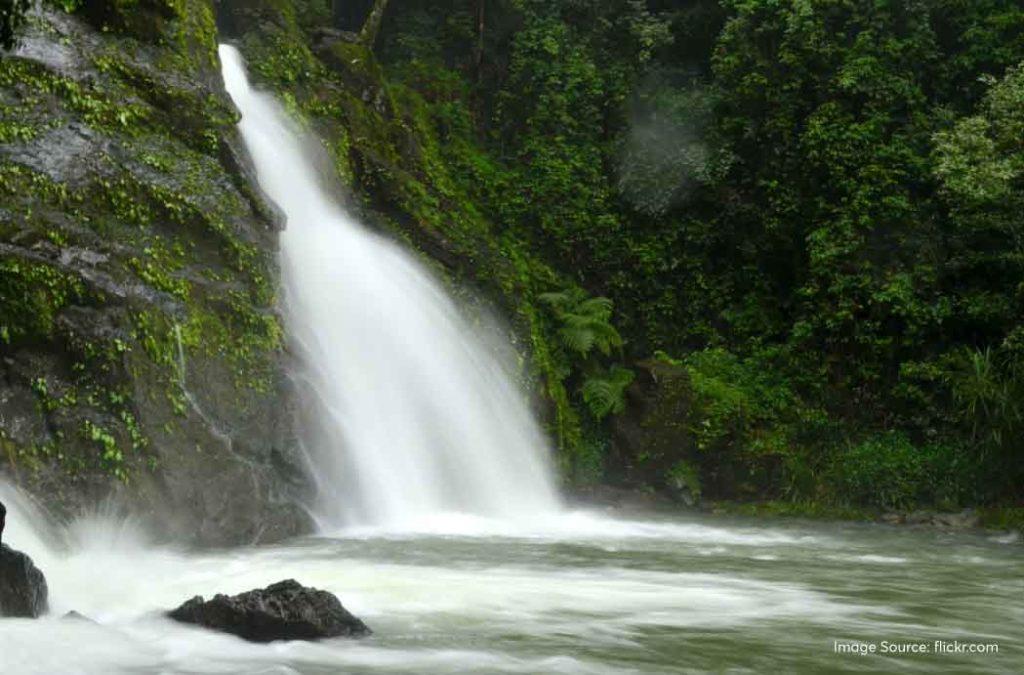
Also, this waterfall is unlike the ones we have discussed so far. It doesn’t fall from a height but comes out of a cave that runs through the hills. The water then falls into a natural pool where you can dip your feet and take a swim.
5 – Barkana Falls
People who are exploring the dense rainforests of the Agumbe region can witness the Barkana Falls from a distance. This is the 10th highest waterfall in India and is formed by the fall of the Sita River.
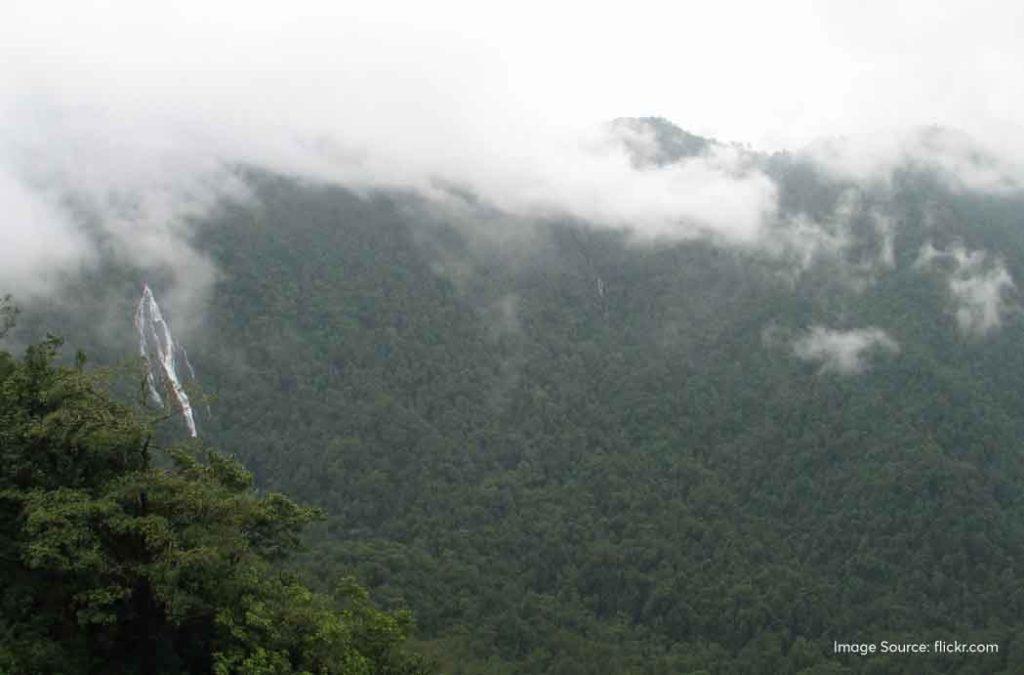
It is in the middle of the dense forests and adrenaline junkies can certainly take up the challenge of traversing through the tough terrains of the rainforest to get stunning views of the waterfall. It is way more mesmerising to see Barkana Falls in its full glory post the monsoon season.
6 – Kunchikal falls
About 50 kilometres away from the Agumbe village is Kunchikal Falls. It is one of the highest waterfalls in India descending from a height of 455 metres. It is formed from the fall of the Varahi River and is a multi-tier waterfall that offers enchanting views after the monsoon season. However, it is present in the restricted zone of the rainforests.
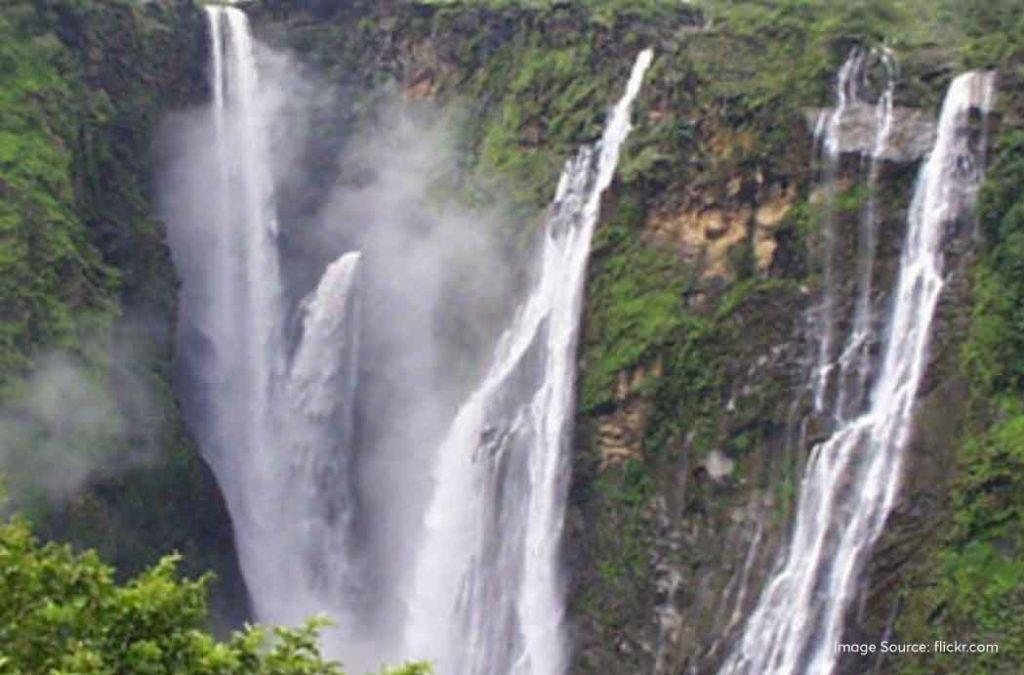
The Varahi Hydro Power Plant is close to the falls and that is the reason you must seek special permission from the forest department to reach the place. Despite the permits, the place attracts a lot of wildlife photographers, nature lovers and trekkers.
7 – Kundadri hills
Kundadri Hills are a must-visit place near Agumbe village. It is a huge monolithic rock that is surrounded by dense forests and offers breathtaking views of the Western Ghats. There is an old Jain temple at the top along with two ponds. It is the perfect place for a picnic with your loved ones, especially for those who love the thrill of heights.
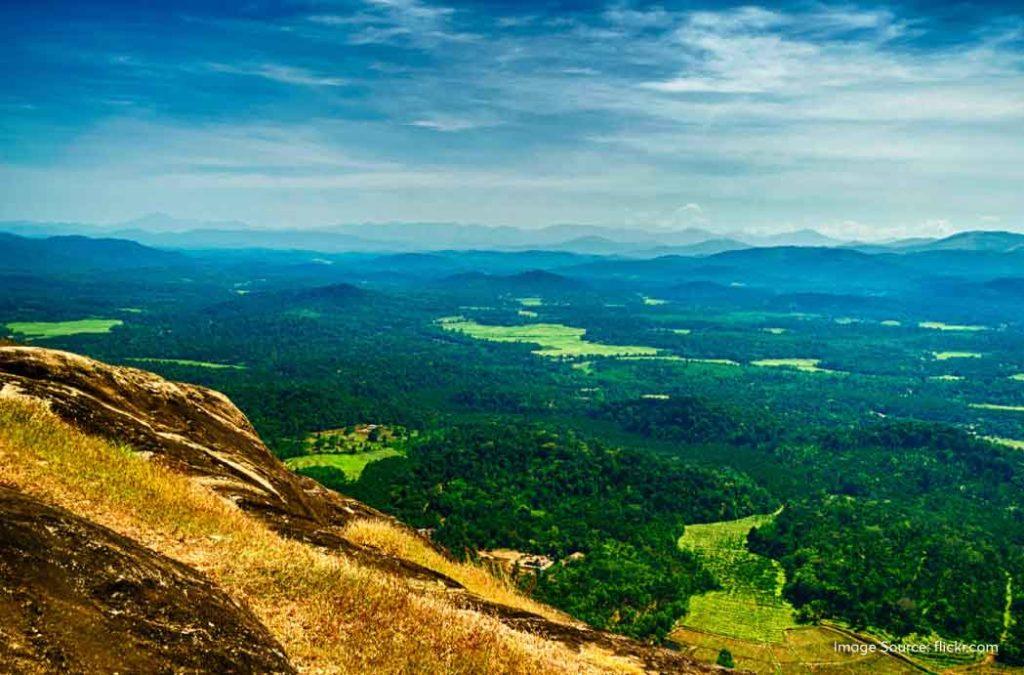
The road journey to the place is outstanding with an impressive green cover on all sides. Plan your day in such a way that you can visit Kundadri hills in the morning and the sunset viewpoint of Agumbe village in the evening.
Several good hill stations in Karnataka will pull you into their natural embrace and satisfy your travel cravings. Do explore them as well if you are planning to visit the state.
Inspiration for the Malgudi Days
All the 90’s kids are familiar with the utopian world of the Malgudi Days, created by R.K Narayan. Many of us remember our childhoods being enriched by these stories and their cheerful, happy endings. But, is Malgudi Days a fragment of the writer’s imagination? Definitely not!
The short stories of Malgudi Days were inspired by Agumbe village. The dense forests, traditional houses and rural charm of the place inspired the imagination of R.K Narayan to create a utopian world around the same. He has lived in this region, explored the valley with his friends and played along the banks of River Sarayu River.
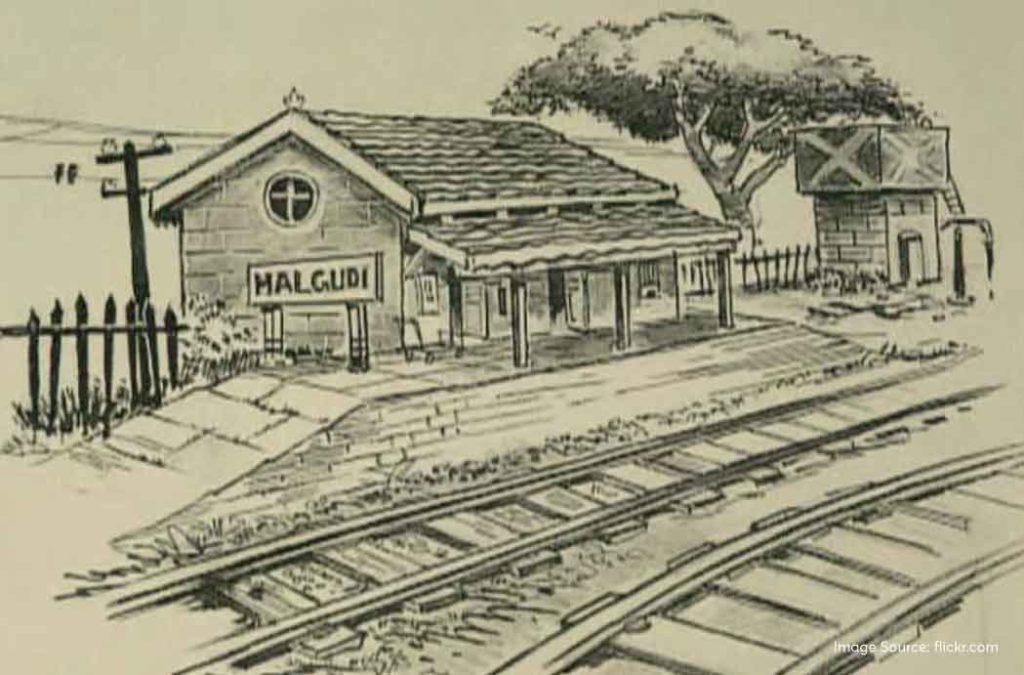
Not many were aware of this information until the TV adaptation of Malgudi Days was released in the 1980s. Shankar Nag, the director of the Malgudi Days, filmed the series in and around Agumbe village. This is precisely the time when people became aware of the place and the tourism industry slowly started picking up its pace.
Agumbe village provided the perfect South Indian ambience that was apt for bringing the stories to life.
Best Time to Visit
Travellers can visit Agumbe village all year round! But when you want to visit the place depends more on what you want to explore in the region.
October to February – This is the right time to visit Agumbe village if you want to explore the waterfalls in their full glory. The post-monsoon season is when the falls are revitalised and you can also set out on treks to reach off-beat places within the valley. You can also secure permits very easily during this time. The weather is cold but pleasant and the hilltops also offer much clearer panoramic views of the Western Ghats during these months.
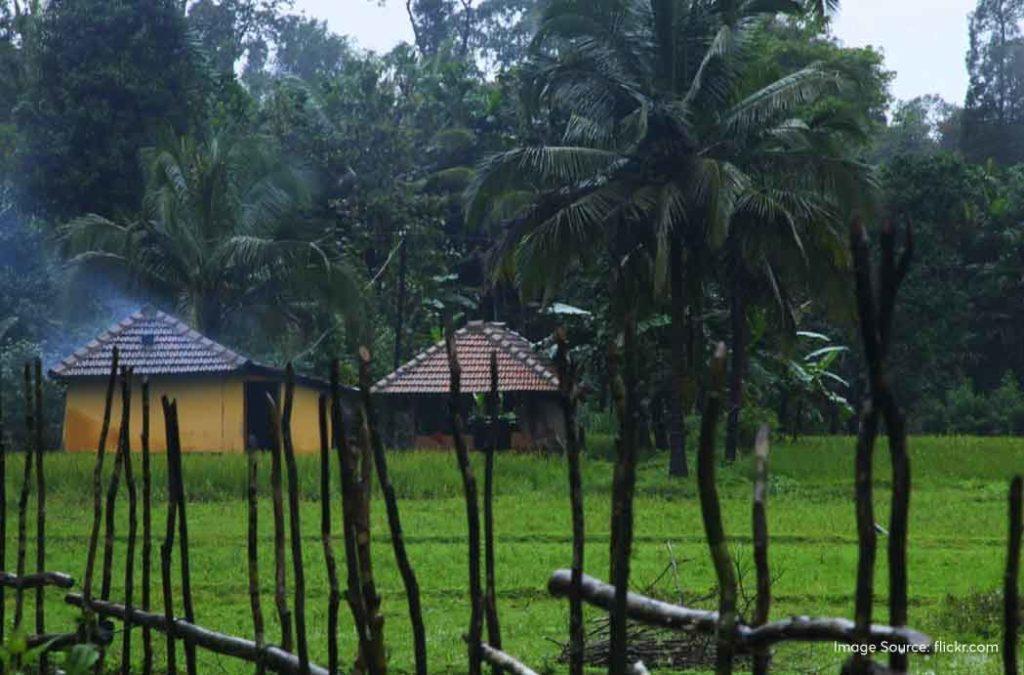
June to September – This is the peak monsoon season in Agumbe village. The trekking trails will be closed and permits will not be issued to reach the restricted zones of the forest. However, it is the best time to explore the village and its local culture. You will also see more frequent wildlife spottings including amphibians and reptiles. The entire place becomes misty and charming during the monsoon season. The ones who love the rain must definitely be here during the period.
March to May – The summer months in Agumbe village are warm and pleasant. The highest temperature is usually around 25 degrees Celsius. This is again a good time to visit waterfalls, go on treks and click stunning pictures from the viewpoints. You can go on leisurely walks around the village and also indulge in bird watching, seeing how many avian species can be easily spotted in and around the dense forests.
How to reach Agumbe Village?
By Air
The nearest airport to Agumbe village is in Mangalore, about 95 kms from the valley. If you are planning to land at Bangalore Airport, you will have to take an overnight road trip of roughly 357 kms to reach Agumbe village. You will find local buses and taxi services that will take you from Mangalore airport to Agumbe.
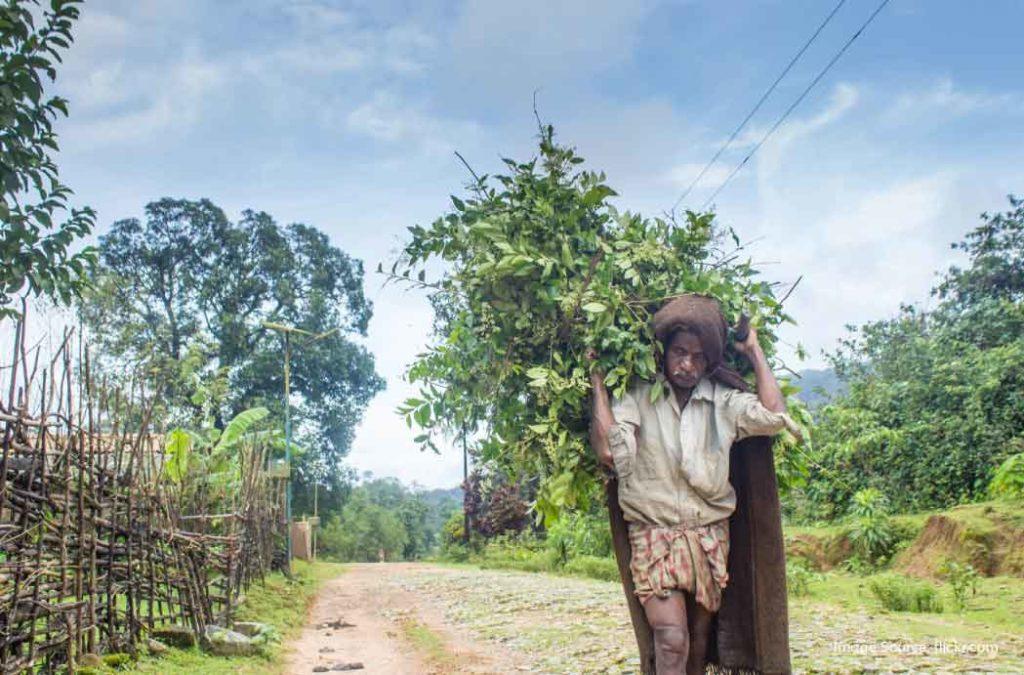
By Rail
Udupi Railway Station is the nearest rail route to Agumbe village. It is about 50 kms from the place. Local government buses are available to take you from Udupi to Agumbe. It is better to take these buses than hire a cab or taxi from Udupi to the valley.
If you want to make a one-day halt in the city, book your hotels in Mangalore that are near the intercity bus station for an easy commute to Agumbe.
By Road
There are local bus services that run from Bangalore and Mangalore to Thirthahalli and from there you can take another bus to Agumbe. People can reach Bangalore or Mangalore first and then drive to Agumbe. The ones coming from Bangalore must take NH75 and those coming from Mangalore can drive on SH67. However, the route to Agumbe has 18 hairpin bends and driving through these sharp turns is not everyone’s cup of tea. But, the breathtaking surroundings will keep you captivated throughout your journey.
Agumbe village is home to India’s only rainforest research station. It is a serene and quiet place that proves to be the perfect getaway for those who want to escape the stress of city life for a while. You will certainly not regret your trip to South India’s rainiest village this vacation season!












